My new book Constructed Wetlands for Sustainable Development.with Kongjian Yu is now available for purchase.
|
scholarship
|
introduction
|
My research program currently is focused on green infrastructure networks that incorporate ecological engineering advances in wastewater and stormwater treatment with more traditional uses of recreation, open space and habitat. This is applied research with the goal of promoting more sustainable development within the full range of settlement densities. My work is informed by the ecosystem services literature which promotes holistic planning that simultaneously addresses social/cultural, economic and ecosystem outcomes. This investigation has led me into the urban ecology literature and particularly to the physical requirements of ecological corridors and wildlife habitat and their impact on the expansion of green infrastructure. These interwoven threads are a rich area of emerging research that has important implications ranging from quality of life at the local scale to climate adaptation and mitigation at the national scale. |
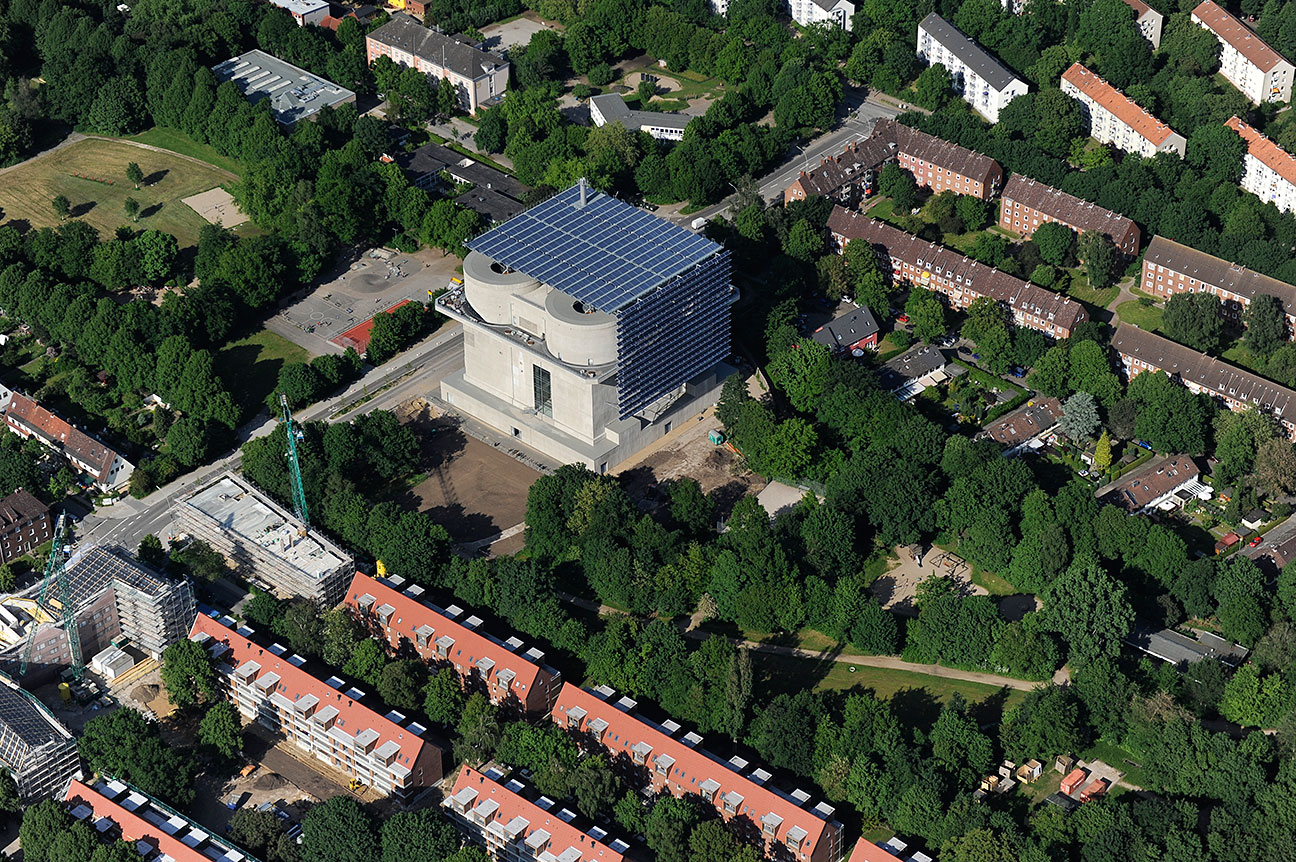 |
My current writing project is a book on sustainable urban development. It is based on techniques, policies and sucesses of European Green Capital cities. These are lessons that can be adopted by other cities striving for environmental sustainability, improved quality of life for citizens and climate adaptation and mitigation. The book should be in bookstores by September 2018. |
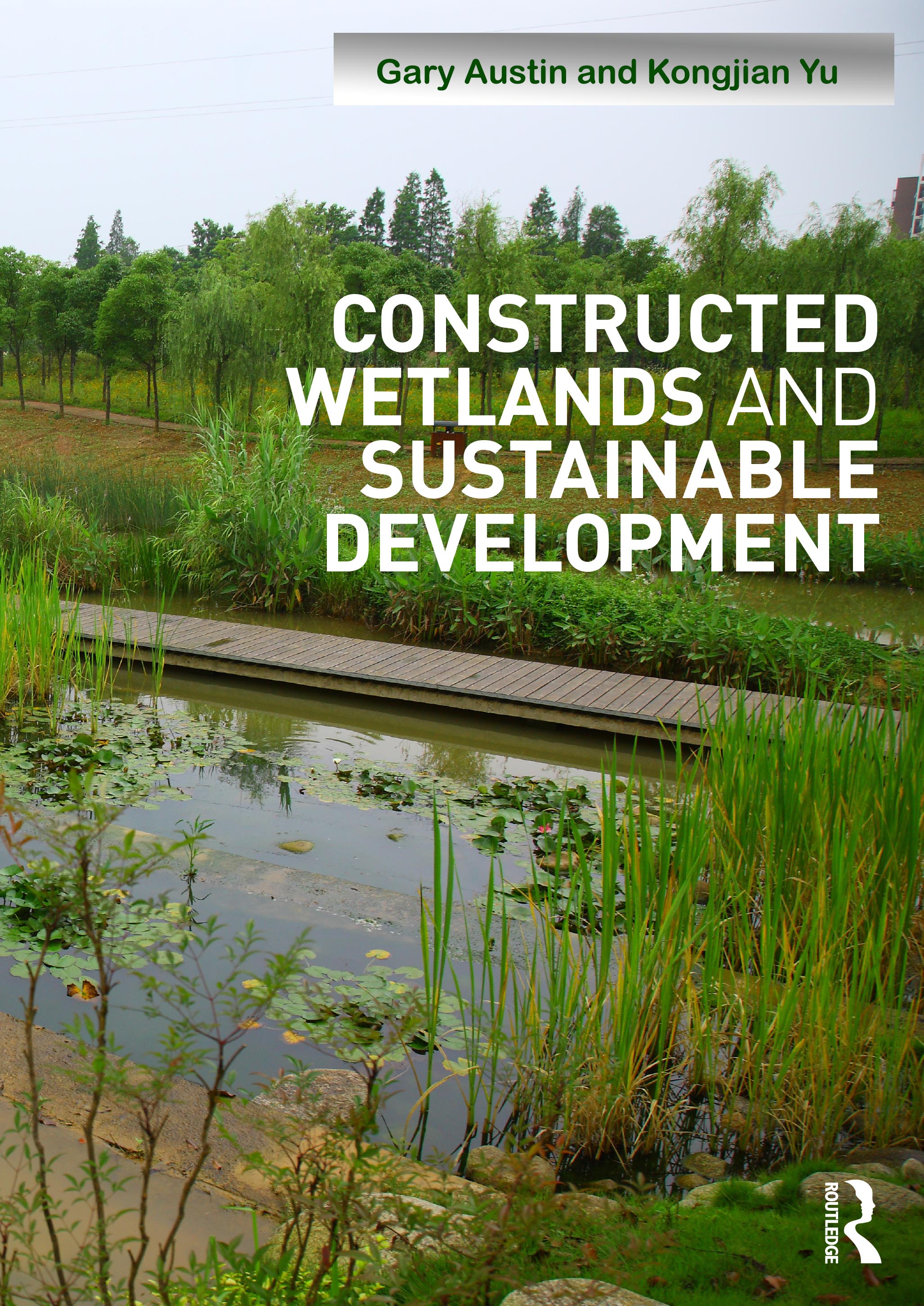
new book
|
In July 2016 Kongjian Yu and I completed Constructed Wetlands for Sustainable Development. The publisher is Routledge (a Taylor and Francis subsidiary). Routledge is a global publisher of academic books and journals in the humanities and social sciences, including landscape architecture and architecture.
The book features many of Chinese projects designed by Turenscape and the great landscape architect Kongjian Yu. His work is an inspiration for those advocating for sustainable stormwater management and multifunctional landscapes. |
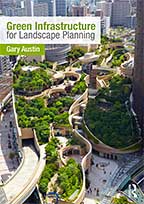
second book

stormwater swales in Stapleton
|
The most comprehensive expression of my research is the book “Green Infrastructure for Landscape Planning: Integrating Human and Natural Systems,” ISBN-10: 0415843537 | ISBN-13: 978-0415843539. The book is complete and already listed on Amazon.com and other outlets but has a publication date of January 20, 2014. The publisher is Routledge (a Taylor and Francis subsidiary). The book proposal was accepted after a blind review by three scholars and a second review by a board of editors. The book contains chapters that address the following topics: 1) Theoretical Model of Green Infrastructure; 2) Human Physical and Psychological Health; 3) Ecosystem Health; 4) Ecosystem Functions and Services; 5) Planning and Design Processes with a case study of Stapleton, Colorado; 6) Habitat and Corridors; 7) Open Space; 8) Stormwater Management; 9) Green Roofs; 10) Community Agriculture; 11) Wastewater Treatment; 12) Stockholm Case Study; 13) Integration of Green Infrastructure Components. Although the publishers galleys that incorporate the graphic design, text, figures and tables are not complete at this time (August 25), I have assembled two sample chapters for this review. The sample chapters are available in the promotion documents packet. The final chapters will, of course, have a different appearance.
The second image at left illustrates one of two case studies developed in the book. This image is of Stapleton, Colorado. The second case study is of Stockholm, Sweden. I visited and analyzed both of these urban areas in 2012. |
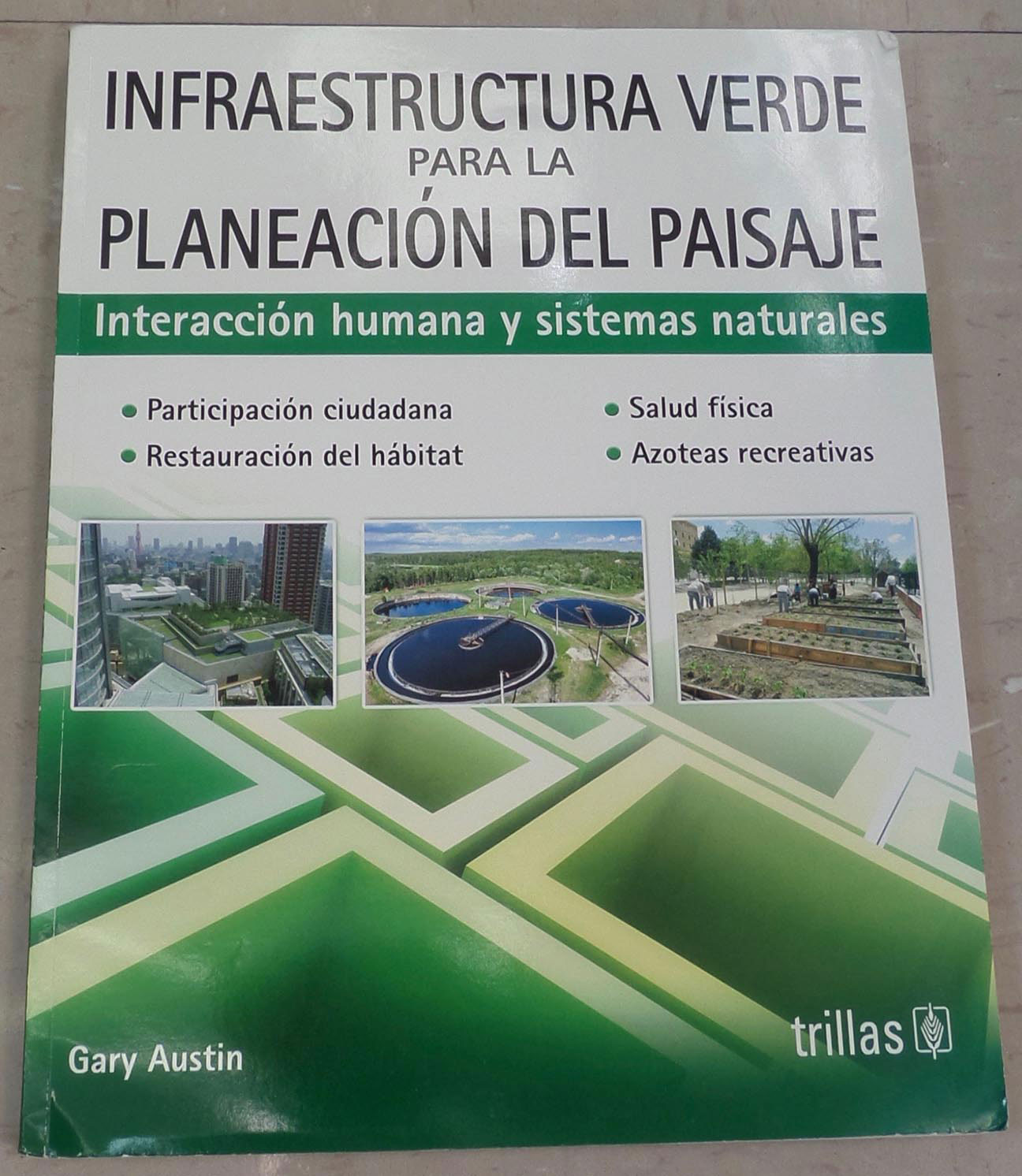 |
My book Green Infrastructure for Landscape Planning: Integrating Human and Natural Systems has been translated to Spanish and is now available in Mexico, South America and Spain. |
refereed papers

|
My scholarly papers in refereed journals explore aspects of green infrastructure. For example “Multi-Functional Ecological Corridors in Urban Development” uses ecosystem, species, and urban ecology research to define the physical dimensions and other requirements for wildlife (biodiversity) in the urban and rural context . The forthcoming (January 2014) Landscape Journal, 32(1), is a special issued dedicated to the topic of multi-functional landscapes. My article in the journal draws on ecological engineering and ecosystem services research to propose a sequence of biological treatment wetlands as part of a public green infrastructure. The wetlands would treat wastewater from housing or mixed use development to produce tertiary water quality and allow for reuse in irrigation and habitat restoration. The proposed system protects the public from exposure to pathogens while creating an open space and aesthetic amenity as well as a wildlife resource. |
| |
The technical issues associated with biological wastewater and stormwater treatment and supported by recent research in the ecological engineering literature are the topics of my refereed proceedings article, “Advances in Constructed Wetlands for Wastewater and Stormwater Treatment”. |
| peer reviewed journal articles |
During the last three years I published four articles in peer reviewed journals. One targets an audience focused on sustainable development. This article “Design and Performance of Bioretention Beds for Removal of Stormwater Contaminants” for the Journal of Green Building, 7(1) presents the technical and construction detailing requirements of a particular type of biological treatment and presents the performance findings.
Two other journal articles that I published explore a research area that I intend to develop more extensively this year. One article addresses food security while the other discusses community agriculture in relationship to economic development. An exploration of small-scale commercial agriculture and community gardens as a use-by-right planning device has important sustainability implications. Local production of organic food is another contributor to green infrastructure and has biodiversity, open space, education and even urban structure benefits.
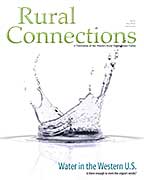 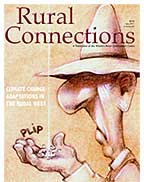 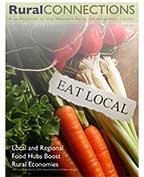
|
| |
 |
| refereed pedagogy paper |
Two other scholarship activities bear mentioning here. The first is represented by the co-authored, adjudicated article, “University/Community Engagement in Small Western Towns: Preserving Rural Character and Enhancing Community Sustainability through Service-Learning Partnerships” in Journal of Community Engagement and Scholarship, 5(1). Published in 2012, this article hints at my long history of rural planning and design experience achieved primarily through interdisciplinary studios and outreach efforts. My co-authors are an architect and a bioregional planner who I collaborate with frequently. This combination of teaching, research and outreach will be presented more fully in the outreach section below.
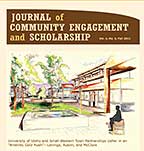
|
| morphology paper |
The last area of scholarship is associated with the decade of study abroad courses presented in Italy and my interest in the history of landscape and urban history. In addition to learning to read Italian well enough to do research in Italy, I have documented 30 hill-towns and other historic towns during my visits. To date, my only publication in this area is a poster presented at a conference (see the supplementary material in my promotion packet to review the article). However, I have produced a book prospectus (see promotion packet). The book will establish a typology of towns base on their historic economic base. The form of the towns will be analyzed and compared using a variety of classification tools. Topography and climate, as well as the political, military and economic history influence the form of urban development. This morphological study will yield planning and design comparisons and lessons that can be applied to the solution of contemporary problems. This will probably be a digital, rather than print, book since there are many more color images required to communicate the content than can be economically produced for the traditional print market. |

camogli, italy. morphological response to growth
click to enlarge image icons |
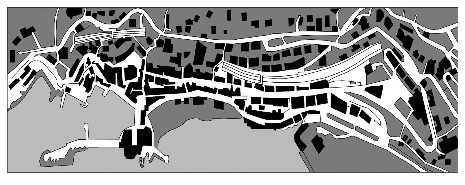
camogli figure ground plan |
| |
It should be clear that my current research activity as well as the rural revitalization and morphology work all have immediate and broad application to the courses that I teach. |
conference presentations
|
I disseminate my scholarship through an intensive schedule of conference presentations (11 since 2009) within landscape architecture and allied disciplines. In fact, I have had more conference papers accepted than the travel budget at the UI has been capable of supporting. In addition, I have been careful to distribute these presentations at regional, national and international venues. The regional presentations are important to meet the land grant mission of the university. |
conclusion

stockholm sweden green infrastructure case study
|
Through the new book, journal publications and conference presentations, I am at the forefront of landscape architecture in the areas of wastewater and stormwater treatment, planning and design for biodiversity, ecosystem services and the more general topic of green infrastructure. The contribution that this research makes to my courses is a positive outcome of my research program and interests. |
| |
I regurlarly review prospective conference, proceedings and journal articles for the Council of Educators in Landscape Architecture, the Spaces and Flows journal and the Journal of Green Building. |
| click here for an abbreviated version of my Curriculum Vitae |
|













